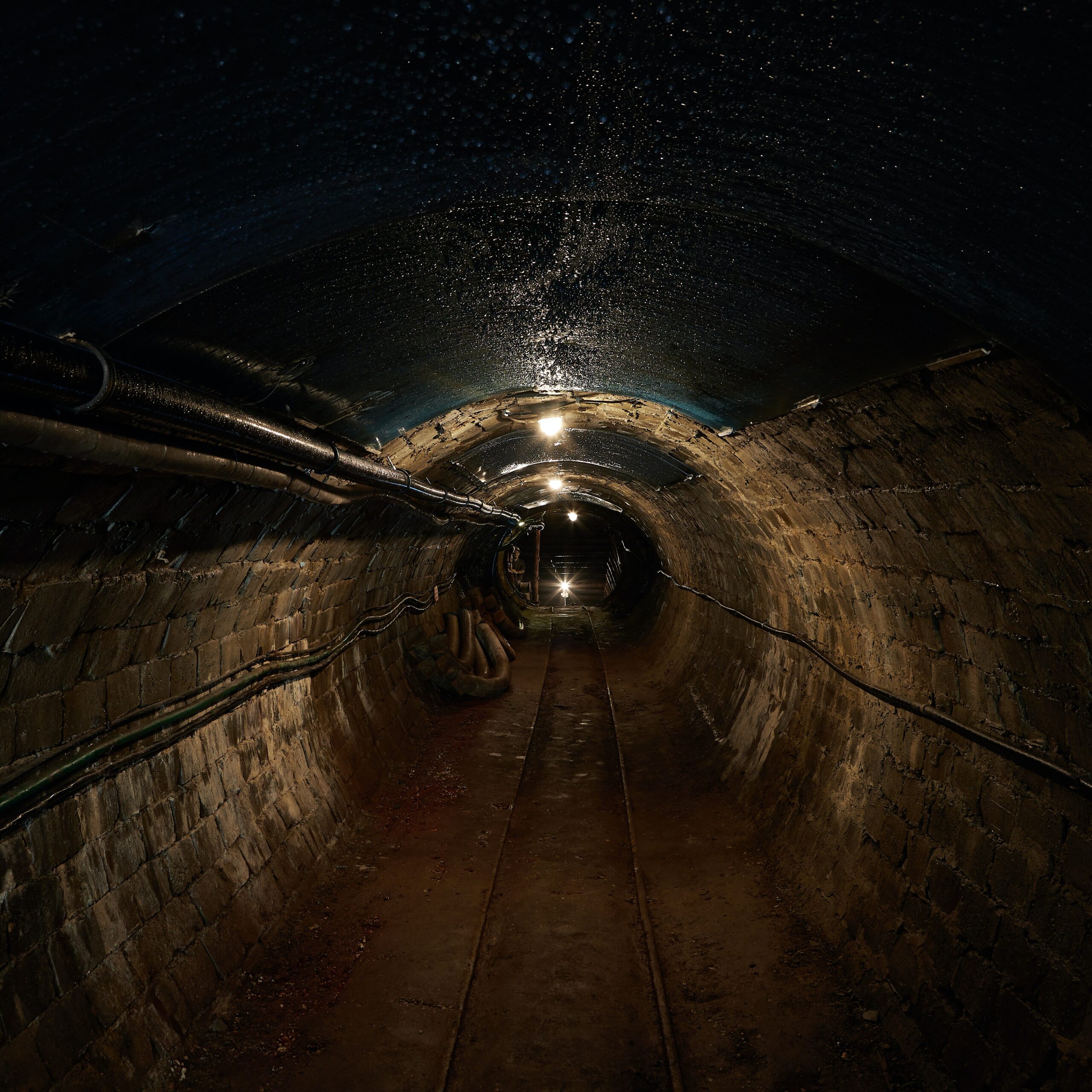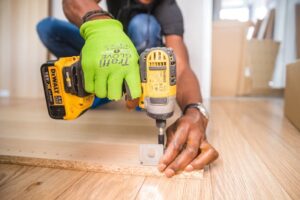
Picture: Unsplash
Maintaining the underground infrastructure that keeps the city operating efficiently is a crucial problem. The sewage system, a system of pipes and lines that silently transports wastewater to treatment facilities, maintaining the community’s safety and hygienic conditions, is one of these essential components. Sewer pipes can deteriorate with time, though, just like any other infrastructure. The conventional approach to fixing or replacing these lines frequently entails substantial digging, which causes damage to landscapes, roads, and residential areas. We will examine the nuances of trenchless sewage repair, and go through how to identify problems with your sewer lines in this post.
Understanding Trenchless Sewer Line Repair
A ground-breaking technique for repairing underground sewer lines without the need for significant excavation is trenchless sewer line repair. This strategy has grown in favor due to its effectiveness, low disturbance, and affordability. Trenchless techniques make use of cutting-edge technology and specialized equipment to repair or replace sewer lines with the least amount of environmental disruption possible rather than digging trenches to access the broken pipes.
How to Spot Issues in Your Sewer Line
Trenchless sewage repair is a more practical and minimally invasive way to fix sewer line problems, but it’s crucial to spot problems as soon as they arise. By identifying these problems early on, you can be able to prevent more serious damage and expensive repairs. If you identify these problems early on, it is advised that you seek the help of sewer repair firms. Nowadays, with the help of the internet, you can easily find sewer repair firms nearby, for instance If you are living in Long Beach, California then a simple search on the internet for “trenchless sewer repair in Long Beach CA“. can provide you with plenty of options to choose from. Here is how you can spot issues in your sewer line:
- Slow Draining Fixtures
Slow drainage in various fixtures, such as sinks, toilets, and showers, is one of the first symptoms that there can be an issue with the sewage line. If you notice that many plumbing fixtures in your home drain slowly or gurgle when they are being used, this could be an indication that there is a clog or damage in the sewage line. This can be the result of debris being lodged in the sewer line or of tree roots penetrating the pipe from the outside.
- Foul Odors
If unpleasant odors are coming from your drains or your yard, this could be a sign that there is a problem with your sewer system. These odors are frequently brought on by improper flow of wastewater through the sewage line, which a blockage or damage to the line. Obstructions can cause sewage to back up into the pipe, which can then release odorous odors into your home or yard.
- Backed-Up Toilets
The presence of recurrent clogs in the toilet or situations in which wastewater overflows from the toilet bowl can be an indication of a problem with the sewer line. This could be the result of a pipe that has been damaged in some way that inhibits the flow of trash, or a clog could cause it. When the integrity of the sewer system is compromised, waste cannot leave the property in the manner that was intended, which results in backups.
- Lush, Greener Patches in Your Yard
A healthy yard is beautiful to see, but a strangely lush, green area of grass can be a sign of a sewer line problem. The seepage of wastewater into the soil can function as a natural fertilizer, which stimulates the expansion of plants in a manner that is both quick and healthy. This might happen if there are cracks or leaks in the sewer line, which would allow wastewater to escape and replenish the soil in the surrounding area.
- Cracks in Your Home’s Foundation
Problems with your sewage line could also affect the structure of your home’s foundation. A damaged sewer line can be the cause of fractures in the foundation of your home or an unusual amount of settling if you observe either of these issues. When sewage seeps into the ground close to the foundation of a house, it can cause the soil to erode and compromise the home’s structural soundness.
Conclusion
Trenchless sewage repair is a cutting-edge technique that addresses sewer line problems without the commotion and inconvenience caused by conventional excavation techniques. When dealing with sewer line issues, homeowners and property managers can make educated judgments if they are aware of the various trenchless options, such as pipe lining and pipe bursting.
It’s also critical to recognize the early warning signals of sewer line problems. Being alert to these signs, which range from poor drainage and unpleasant odors to recurrent plumbing clogs and foundation fractures, can help you take preventative action to fix issues before they get worse. To analyze the situation and choose the best course of action for your unique requirements, it is advised that you talk with a professional sewage repair provider if you suspect a sewer line issue.


